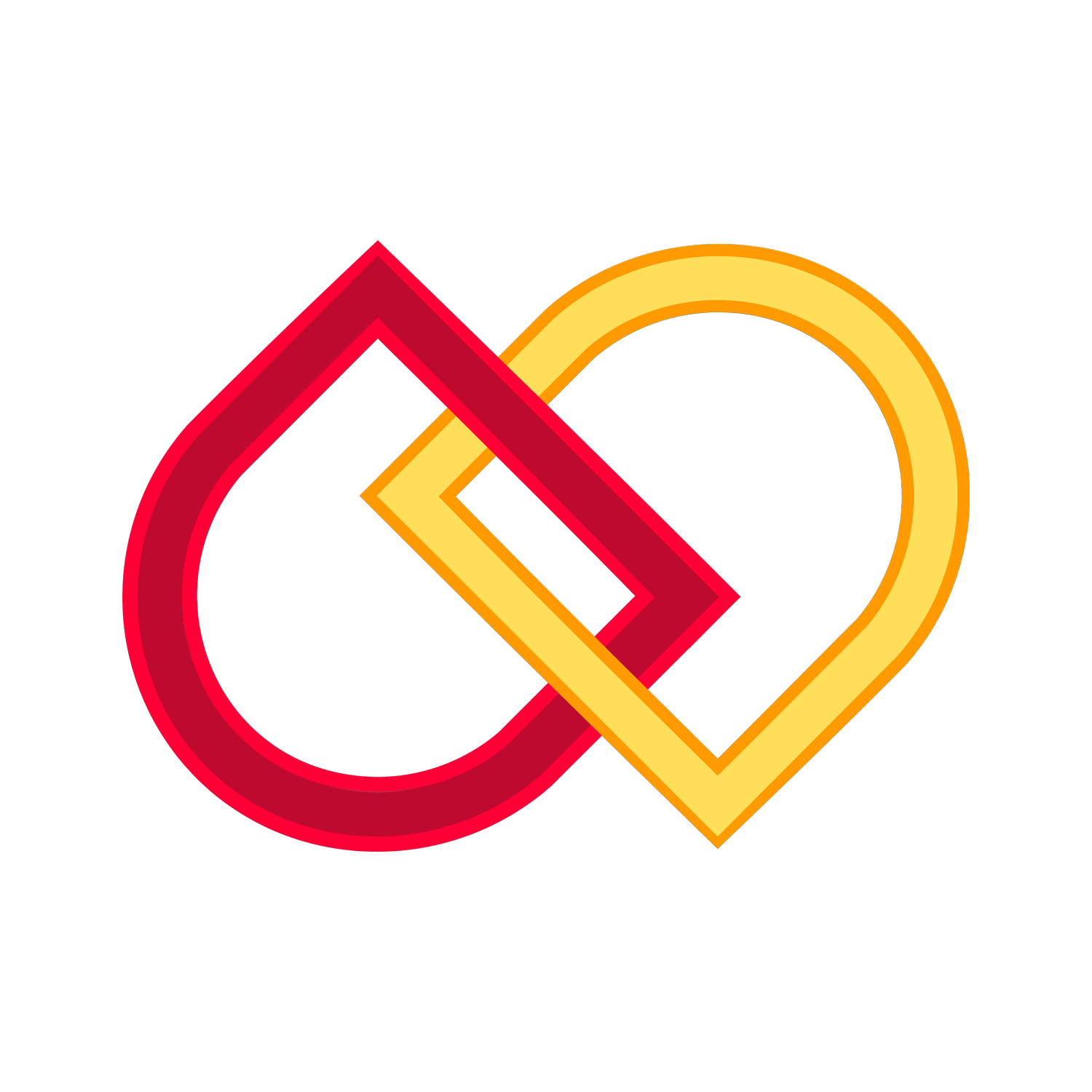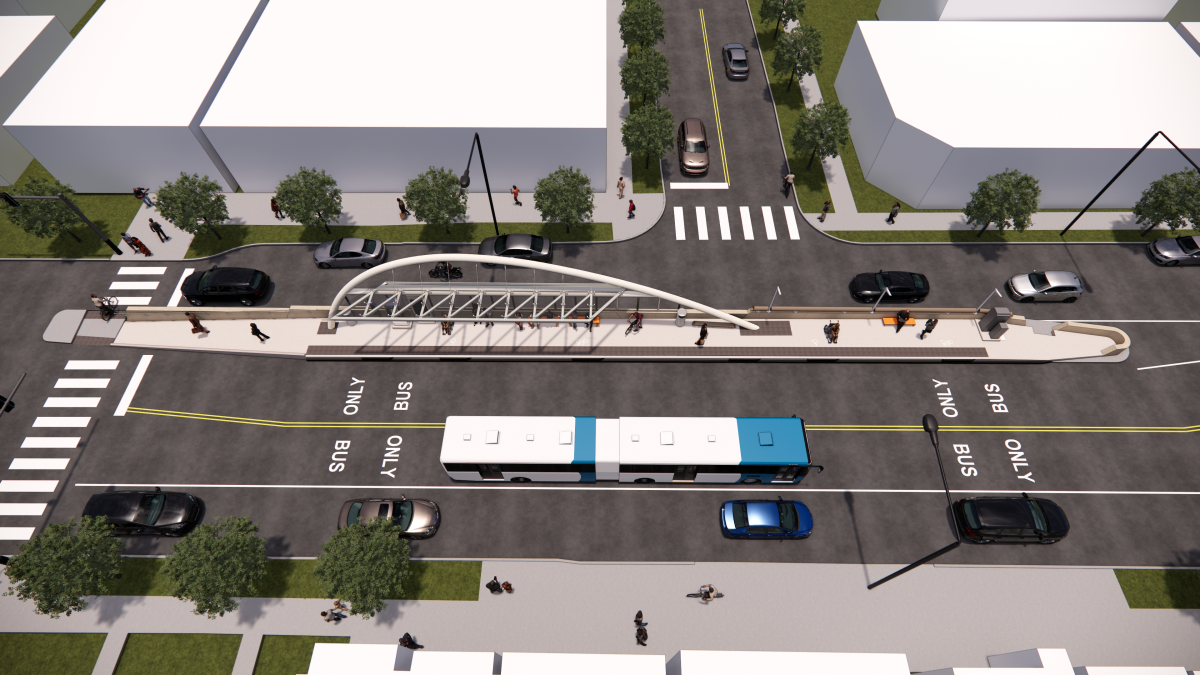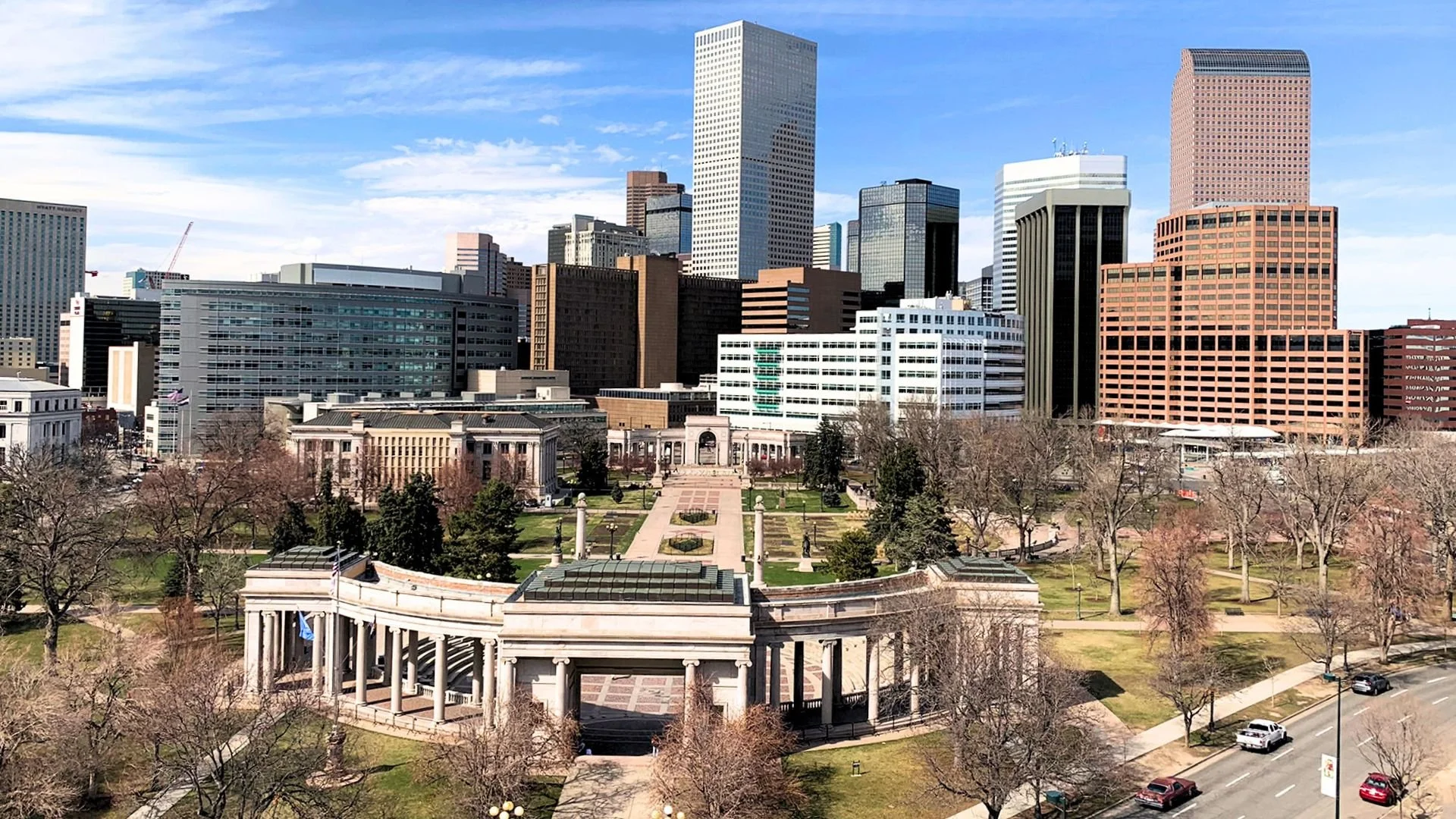Denver’s First Bus Rapid Transit Line Begins to Take Shape
After more than a decade of planning, community engagement, and design, the East Colfax Bus Rapid Transit (BRT) project is now officially under construction. The $300 million project aims to transform one of Denver’s busiest corridors into a high-capacity, efficient transit spine that connects key destinations across the metro area.
Photo Sourced from City of Denver
A Decade in the Making
The need for high-capacity transit along East Colfax was first identified in Denver’s 2008 Strategic Transportation Plan. With the 15 and 15L buses consistently ranking as RTD’s most heavily used routes, the city began studying new transit options as early as 2010. After considering streetcars and side-running BRT, the city finalized a center-running BRT design as the locally preferred alternative in 2018, following years of analysis and public input.
Design and environmental review work wrapped in 2024, and construction officially began later that year. The BRT corridor will span nearly 10 miles from I-225 in Aurora to Union Station in downtown Denver.
Photo Sourced from City of Denver
What the Project Includes
When complete, the East Colfax BRT line will feature:
Center-running, dedicated bus lanes from Broadway to Yosemite
Side-running BRT extensions east of Yosemite, coordinated with the City of Aurora
32 new bus stations with signature 21-foot-tall white arches
All-door boarding and off-board fare payment
Enhanced pedestrian and bike connections
Streetscape improvements including ADA ramps, trees, lighting, and street furniture
The project is designed to reduce transit travel times by 15 to 30 minutes and increase access to more than 250,000 jobs and community services along the corridor.
Photo Sourced from City of Denver
Early Signs of Progress
While much of Colfax still resembles a construction zone, some of the most visible features of the future BRT system are already taking shape. Signature station arches, white, curved steel structures measuring 87 feet in length, have been installed at multiple locations including Colfax & Franklin and Colfax & Fillmore.
As of mid-2025, 96% of the project design is complete and construction is reported to be around 20% complete. The City of Denver has spent approximately $37.4 million so far.
Photo by Developing Denver
Construction Timeline and Phasing
Construction is being completed in five segments, with each phase lasting roughly 18 months:
Broadway to Williams Street
Williams to Monroe
Monroe to Niagara
Niagara to Yosemite
Yosemite to I-225 and R Line Station
The entire project is expected to be complete by 2027.
The Long-Term Vision
Once completed, the East Colfax BRT line is expected to become a key part of Denver’s broader mobility network, connecting Aurora, Capitol Hill, City Park, Downtown, and the Central Business District with fast, frequent, and reliable service. It is the first full-scale BRT line in Denver and represents a model for other planned BRT routes along Federal Boulevard and Colorado Boulevard.
As the city continues to grow, the Colfax BRT is positioned to play a central role in moving more people more efficiently while reducing congestion and emissions.
We’ll continue tracking construction progress and project milestones as they unfold.
All project information was sourced from publicly available site plans, renderings, and permitting documents.
See more behind the build on Denver’s greatest construction projects
Get a deeper dive on the who, what, when and why behind the city’s greatest construction projects with our premium member content.
Interested in sponsorship? Learn more about our sponsors and how to get involved.
All project information was sourced from publicly available site plans, renderings, and permitting documents.








3 minute read • A new adaptive reuse project is planned for 3500 West 23rd Avenue in Sloan’s Lake, where an existing one story auto shop would be transformed into a neighborhood beer garden with a self pour beverage wall, food vendor space, and expanded outdoor seating